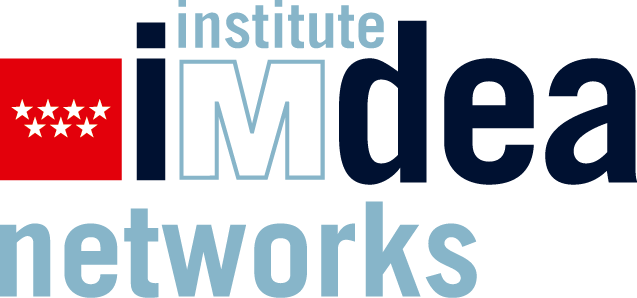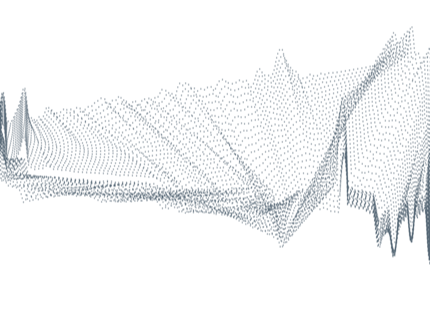Research Groups
Job opportunities
There are currently no job offers in this section.
Partners

IMDEA Networks Institute
Visit webpage arrow_right_alt
Universidad Carlos III de Madrid (U3CM)
Madrid, Span
Visit webpage arrow_right_alt


Recent studies reveal that ICT (Information and Communications Technology) energy consumption is becoming a significant component of the worldwide consumption. This situation has generated a keen interest in mechanisms and methods for saving energy by telecommunication network operators, Internet Service Providers (ISPs) and content providers. Depending on the specific scenario, energy costs are a substantial cost factor, and a reduction of network and data center energy consumption provides an important contribution to cost efficiency, besides corporate social responsibility and the obvious environmental benefits. The main objective of this project is the design of algorithms and techniques to reduce the energy consumption of communication systems without significantly affecting the service quality. We utilize a cross-layer approach that includes algorithms and techniques to be applied at different layers of the network architecture, with main focus on the link, network, transport, and application layers.
On the one hand, we address the energy efficiency at the link, network, and transport layers. We will define precise energy consumption and traffic models for network elements (e.g., routers and links) in different setups, namely LAN, WAN, and data centers. These setups differ in the granularity and the time scales at which resource and energy optimization are performed. At the same time, applications like content distribution span all of these different areas, and their joint optimization is likely to lead to even better performance results. Particular care will be taken to define models that convey as much as possible the technological aspects of current and future network elements. For instance, models for new energy saving techniques, like 802.3az (Energy Efficient Ethernet), will be developed. Based on these models we will design techniques (e.g., routing and scheduling algorithms) to minimize the overall energy consumption. The performance of the developed solutions will be formally analyzed, and evaluated via simulation and testbed experiments. In addition, we will explore the potential of these and other proven techniques, originally developed for the area of networking, to also save energy in other application areas. In particular, we will explore how to save energy and/or improve the service when operating appliances and charging electric vehicles. Many of the challenges in such non-networking contexts are similar to those encountered in the communications world. Thus, exploring the application of concepts and techniques already used in communications and networks to these problems seems promising.
On the other hand, we address the energy efficiency at the application layer with a mixture of theoretical, simulation and Internet measurement techniques. We consider content distribution applications since they are responsible for the major portion of the current Internet traffic. In more detail, we have three independent but related objectives. First, we will design content distribution scheduling algorithms that minimize the energy wastage of the system. We will provide proof of correctness for these algorithms. Second, we aim to design an energy-efficient peer-to-peer (P2P) client for minimizing the energy consumption of the content distribution process through P2P techniques. We will validate the proposed techniques using a realistic workload generated from data collected from real P2P applications such as BitTorrent. Furthermore, we will implement a prototype of our energy-efficient P2P client and will make it publicly available. Finally, we will study the energy consumption vs. performance trade-off of different content distribution infrastructures (i.e., centralized vs Content Delivery Network (CDN) vs. P2P) for the distribution of User Generated Content (UGC). For this purpose, we will collect real data traces from well-known applications that owe their success to UGC such as YouTube or Online Social Networks (Facebook and Twitter) in order to generate a realistic workload to evaluate the energy wastage of the described infrastructures. As result of this study we will design a novel content distribution architecture to reduce the energy wastage of the UGC distribution.
There are currently no job offers in this section.

